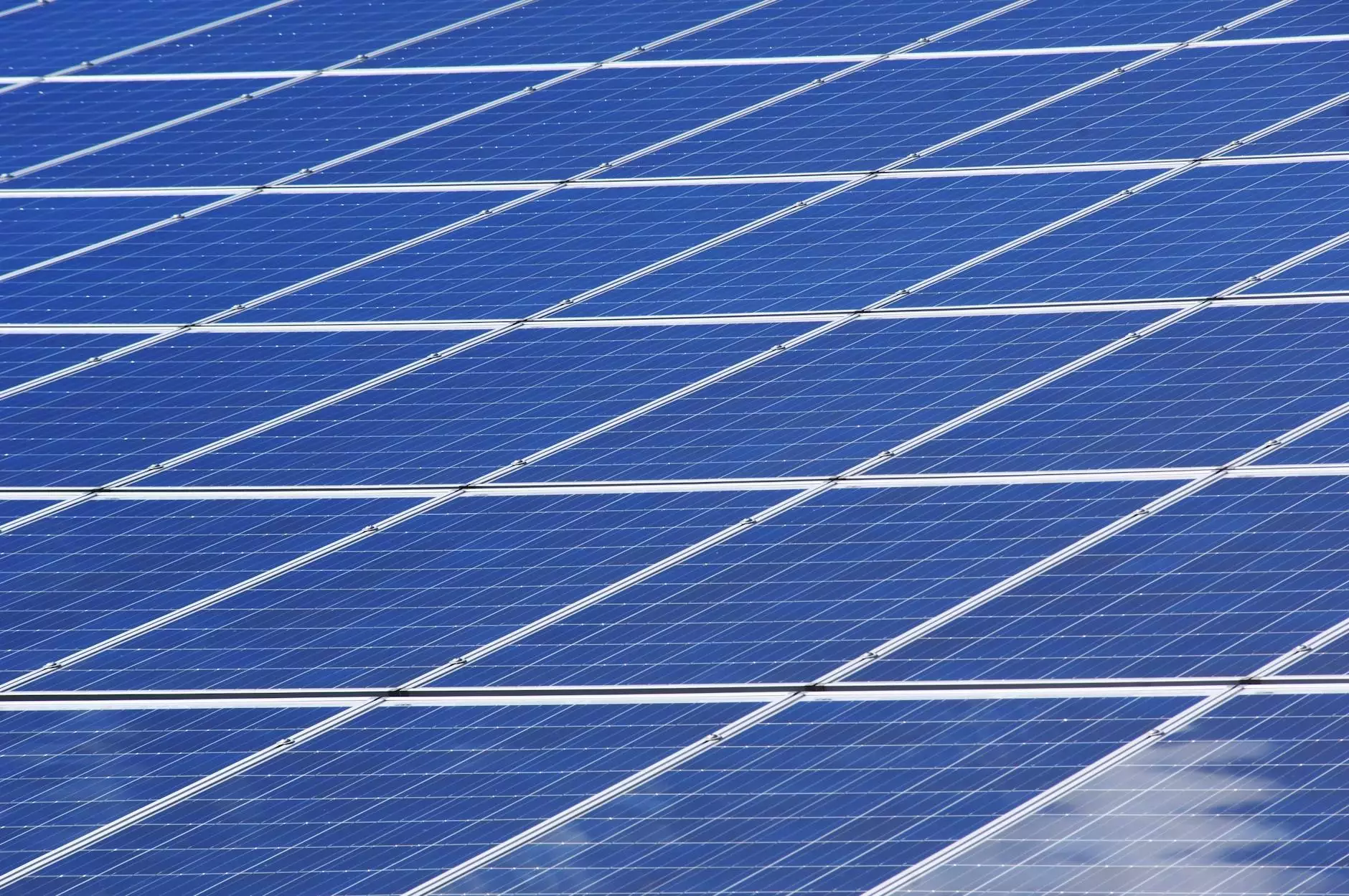Free Piston Linear Generators | What are they and why...
Design & Build Services
Introduction
Welcome to RPM Design and Prototype, your trusted source for innovative energy solutions. In this article, we will delve into the world of Free Piston Linear Generators, exploring what they are, how they work, and why they are revolutionizing the energy industry.
Understanding Free Piston Linear Generators
A Free Piston Linear Generator (FPLG) is a groundbreaking technology that combines the benefits of internal combustion engines and linear generators. Unlike traditional engines, FPLGs eliminate the need for crankshafts, improving efficiency and reducing mechanical complexity.
At the heart of an FPLG is a free-moving piston that oscillates within a cylinder. This piston, driven by combustion forces, generates electricity by interacting with a linear generator system. By directly converting linear motion into electrical energy, FPLGs offer exceptional efficiency and power density.
Working Principle
An FPLG operates in a cyclical manner, consisting of intake, compression, combustion, and exhaust phases. During the intake phase, a mixture of air and fuel is drawn into the cylinder. Subsequently, the piston compresses the mixture, increasing its temperature and pressure.
Next comes the combustion phase, where the spark plug ignites the compressed fuel-air mixture, causing a rapid expansion of gases. This expansion pushes the piston forward with significant force, generating high-pressure oscillations.
As the piston moves, it interacts with a linear generator system. This system consists of magnets and coils, which produce electric current through the relative motion induced by the piston. The generated electrical energy can then be utilized for various applications.
Advantages of Free Piston Linear Generators
- High Efficiency: With the elimination of crankshafts and the direct conversion of linear motion to electricity, FPLGs operate at higher efficiency levels compared to traditional engines.
- Reduced Emissions: FPLGs have the potential to significantly reduce greenhouse gas emissions and contribute to a cleaner environment, as they can be powered by a variety of fuels, including natural gas, hydrogen, and biofuels.
- Compact Design: The absence of crankshafts and the simplicity of the system allow FPLGs to have a compact and lightweight design, making them suitable for a wide range of applications.
- Flexible Fuel Options: FPLGs can operate on different fuels, making them adaptable to changing energy demands and fuel availability.
- No Vibration: Unlike traditional engines, FPLGs exhibit minimal vibration due to their balanced design. This makes them ideal for applications that require smooth operation.
Applications of Free Piston Linear Generators
Given their numerous advantages, FPLGs find application in various sectors:
- Electric Vehicle Charging Infrastructure
- Residential and Commercial Power Generation
- Remote and Off-Grid Energy Solutions
- Combined Heat and Power (CHP) Systems
- Grid Support and Energy Storage Systems
The Future of Energy Generation
The development and integration of Free Piston Linear Generators in the energy landscape mark a significant step towards sustainable and efficient power generation. As the demand for clean energy solutions continues to grow, FPLGs offer a promising alternative to traditional combustion engines.
At RPM Design and Prototype, we are at the forefront of this energy revolution. Our team of experts is dedicated to advancing FPLG technology and delivering cutting-edge solutions that meet the evolving energy needs of the world.
Experience the power of Free Piston Linear Generators with RPM Design and Prototype, and join us in shaping a greener future.




